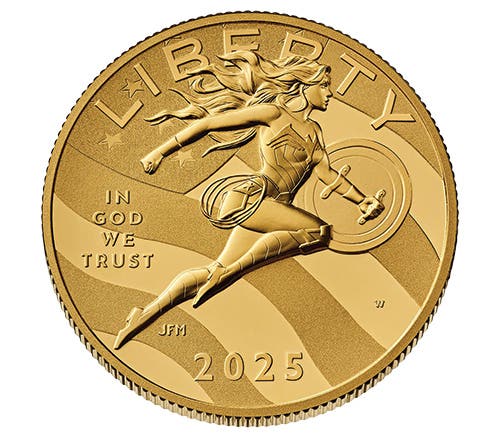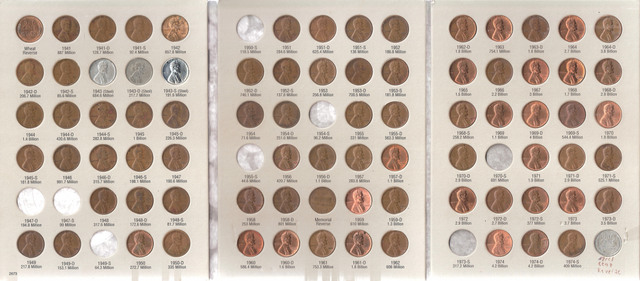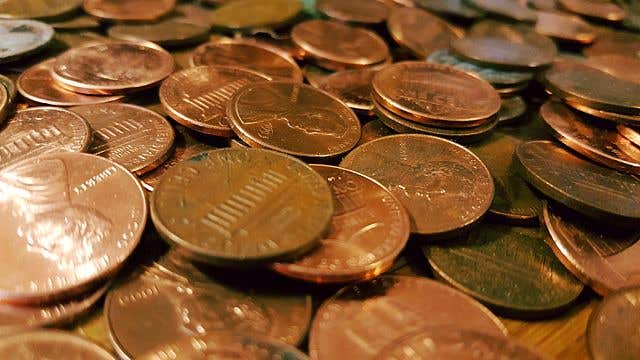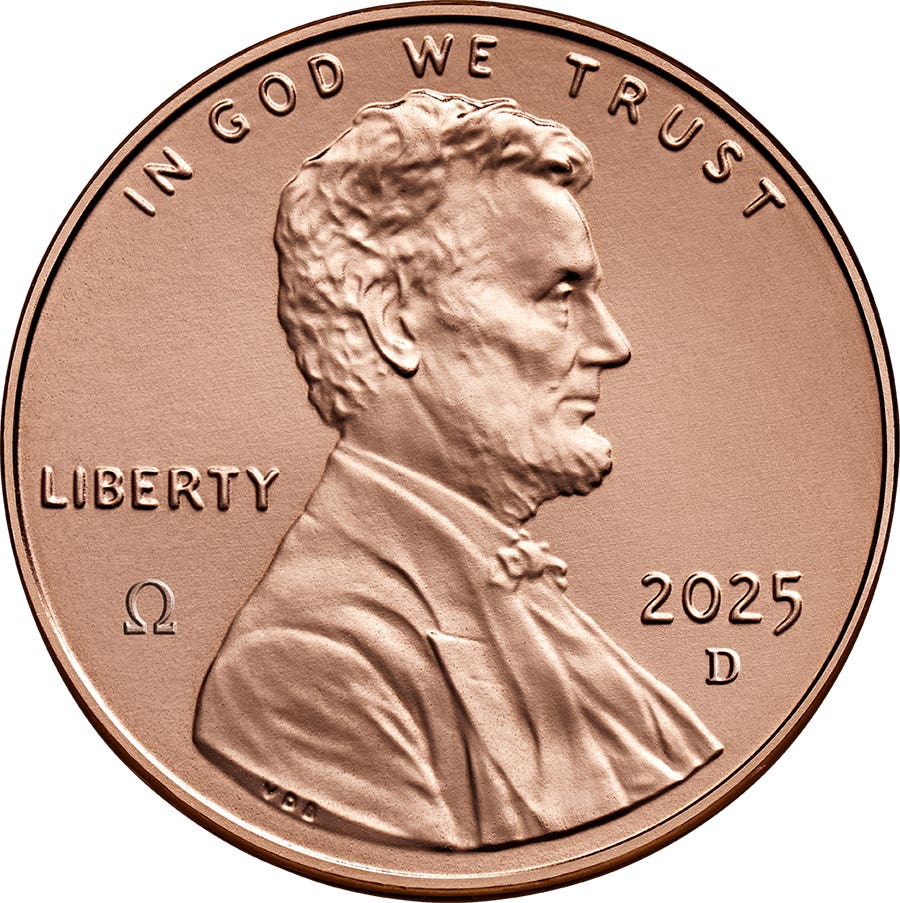Is the price of gold, and possibly silver, manipulated? The available evidence answers “yes” as it applies to decades past. The pattern strongly suggests that it is still happening today.
Overall, the manipulation has been to suppress the price of gold, where the suppression of silver’s price is one tactic employed to achieve a lower gold price.
In my column two weeks ago, I pointed out that a significant amount of trading in the gold market was not transparent. That provides the opportunity to manipulate the price of gold. But the important questions to answer are who has the legal authority, the financial clout and the monetary incentive to want to suppress the price of gold.
The answer to all three of these questions is the U.S. government.
The price of gold was fixed versus the U.S. dollar for much of this country’s history, almost 200 years. It wasn’t until Aug. 15, 1971, that the fixed ratio between gold and the U.S. dollar was severed.
But, in 1933, President Franklin D. Roosevelt had signed an executive order for Americans to turn over their gold to the U.S. Treasury in a fully compensated mandatory redemption program. This government action created a possible public image that the U.S. dollar might not be “as good as gold” any longer. Therefore, to lull the public, it was necessary for the U.S. government to keep the price of gold from rising.
The U.S. government created the Exchange Stabilization Fund (ESF) in April 1934 as one of the provisions of the Gold Reserve Act enacted Jan. 31, 1934. The initial ESF funding of $2 billion came from the $2.8 billion paper profit realized by the U.S. Treasury when it raised the price of gold from $20.67 per troy ounce to $35. The ESF funding was massive when you consider that the federal government’s June 30, 1934, fiscal year budget was only $4.2 billion.
The Gold Reserve Act explicitly authorized the ESF to deal in gold and foreign exchange to stabilize the exchange value of the U.S. dollar. With subsequent amendments, the Secretary of the Treasury is authorized to use the ESF assets, with the approval of the president, to “deal in gold, foreign exchange, and other instruments of credit and securities.” Therefore, the U.S. government has been authorized, without any oversight from Congress, to manipulate the price of gold for the past 88 years.
The U.S. government tried to maintain the price of gold at $35 per troy ounce since 1934, with the U.S. Treasury standing ready to buy or sell it at that price. Initially, the $35 price was well above the global price, which caused the Treasury to be a major accumulator of gold.
In the 1950s, however, there was pressure for the price of gold to rise above $35, except for the U.S. Treasury’s willingness to sell it at that price. By late 1960, the global gold price surged to $40, whereupon the U.S. government persuaded the Bank of England to also commit to sell some of its gold reserves at $35 per troy ounce.
Even this additional supply of gold did not soothe the market. In November 1961, the United States, Germany, United, Kingdom, France, Italy, Belgium, Netherlands and Switzerland established the London Gold Pool to provide 240 tons of gold (7.7 million ounces) to help meet global gold demand. The U.S. Treasury provided half of the gold committed to this blatant price suppression effort.
In theory, the London Gold Pool would sell gold when demand was strong, then replenish inventory during times of weak demand. What actually happened is that gold demand at $35 per ounce continued to increase. To help ease demand, the private sector was allowed to trade gold as a commodity at a higher price while the governments continued to exchange gold among themselves at the $35 price.
The U.S. government was not successful at holding down the price of gold at $35, even with support of the other nations in the London Gold Pool. France exited the London Gold Pool in June 1967, then the British pound was devalued five months later. The London Gold Pool effectively collapsed in March 1968.
The U.S. government continued to pretend that gold’s price was still $35, but it only allowed other governments to acquire it at that price – and only if that other government had not purchased any gold at the higher private market price.
Finally, on Aug. 15, 1971, U.S. President Richard Nixon announced that the U.S. Treasury would “temporarily” suspend all redemptions of gold, a suspension still in effect today more than a half-century later.
Once the U.S. government closed the gold-exchange window in 1971, the volume of gold futures contracts traded on the Commodities Exchange, Inc. (COMEX) soared. This exchange enabled major market participants to sell short gold contracts without having the physical metal to deliver against a mature contract. In essence, this created the impression of far larger physical gold inventories than actually existed, which had the effect of holding down gold’s price.
In the 1970s, at the suggestion of metals analyst Jeffrey Christian, central banks also began to lease their physical gold reserves as a means to derive some income on an otherwise inert asset. The International Monetary Fund (IMF) cooperated in creating the impression of greater physical gold supplies available on the market in situations where one central bank would lease gold to another central bank.
A number of years ago, researcher Jessica Cross estimated that 15-25 percent of all central bank gold reserves were out on lease and no longer in the custody of the central banks. Another researcher, Frank Veneroso, projected that 25-50 percent of all reported central bank reserves were out on lease.
If the U.S. government were to buy and sell physical gold on the world’s markets, that activity would be closely followed and reported, affecting prices. Therefore, the U.S. government would need to manipulate gold prices through actions taken by others.
The financial clout of the U.S. government can effectively force cooperation in manipulating gold prices. Among those most susceptible to cooperating would be the 25 primary trading partners of the Federal Reserve Bank of New York, the IMF, the Bank for International Settlements and allied central banks. The primary trading partners could earn fees by executing trades to achieve the goals of the U.S. government, especially if the government would provide guarantees to cover any major losses these partners might sustain. If a primary trading partner did not want to participate in such trades, they could lose their gravy train status as a primary trading partner of the Federal Reserve Bank of New York.
As we now know, several of these primary trading partners have former employees who have pled guilty or been convicted of manipulating precious metals prices. JPMorgan Chase has pled guilty to five felony convictions. That bank or its one-time employees are currently involved in three U.S. court cases involving the manipulation of precious metals prices as recently as 2016. Others that have paid hefty fines in recent years for manipulating precious metals prices or other irregularities in precious metals trading include Bank of America, Barclays, Citigroup, Deutsche Bank, HSBC, Mitsubishi International, Morgan Stanley, Scotiabank and UBS. All but Mitsubishi are primary trading partners of the Federal Reserve Bank of New York.
One way to leverage precious metals price manipulation is through the trading of derivatives. On June 21, 2022, the U.S. Office of the Comptroller of the Currency released its quarterly report on derivatives held by major commercial banks and savings associations. From the fourth quarter 2021 to the first quarter 2022, the precious metals derivatives contracts held by these institutions in total soared from $79.28 billion to $491.87 billion. Of this total, $330.123 billion were held by JPMorgan Chase and $114.148 billion were held by Citigroup – over 90 percent of the total of the entire industry was concentrated in just these two banks!
There obviously is a tremendous amount of documented manipulation of gold’s price over the decades, either directly by the U.S. government or by other parties with close ties to the U.S. government.
The last question is why would the U.S. government have any incentive to suppress gold (and silver) prices. This answer is easy. The price of gold, and to a lesser degree silver, is effectively a report card on the U.S. dollar, economy and government. If gold’s price is rising, people are less inclined to hold paper assets like stocks, bonds and U.S. dollars. If people don’t want to hold U.S. dollars, the federal government would be forced to pay a higher interest rate to finance its debt and liabilities. With the U.S. government owing around $30 trillion in debt, another $2 trillion in accounts payable and at least $100 trillion in the net present value of unfunded liabilities for Social Security, Medicare and related programs, an increase of just 1 percent in the interest rate paid by the U.S. government would add another $1.3 trillion to the annual budget deficit.
In effect, the U.S. government would incur the greatest financial losses of any entity – government, business, or personal – if the price of gold were to rise.
So, there you have it. The opportunity is there to manipulate the price of gold. The U.S. government also has the legal authority, the means and the motive to do so, plus an extensive track record of having done so in the past.
Should you wish to review even more documentation on the U.S. government’s manipulation of gold’s price, a good source would be the Gold Anti-Trust Action Committee, especially the compilation by Chris Powell.
Patrick A. Heller was honored as a 2019 FUN Numismatic Ambassador. He is also the recipient of the American Numismatic Association 2018 Glenn Smedley Memorial Service Award, 2017 Exemplary Service Award, 2012 Harry Forman National Dealer of the Year Award and 2008 Presidential Award. Over the years, he has also been honored by the Numismatic Literary Guild (including twice in 2020), Professional Numismatists Guild, Industry Council for Tangible Assets and the Michigan State Numismatic Society. He is the communications officer of Liberty Coin Service in Lansing, Mich., and writes Liberty’s Outlook, a monthly newsletter on rare coins and precious metals subjects. Past newsletter issues can be viewed at www.libertycoinservice.com. Some of his radio commentaries titled “Things You ‘Know’ That Just Aren’t So, And Important News You Need To Know” can be heard at 8:45 a.m. Wednesday and Friday mornings on 1320-AM WILS in Lansing (which streams live and becomes part of the audio archives posted at www.1320wils.com).









